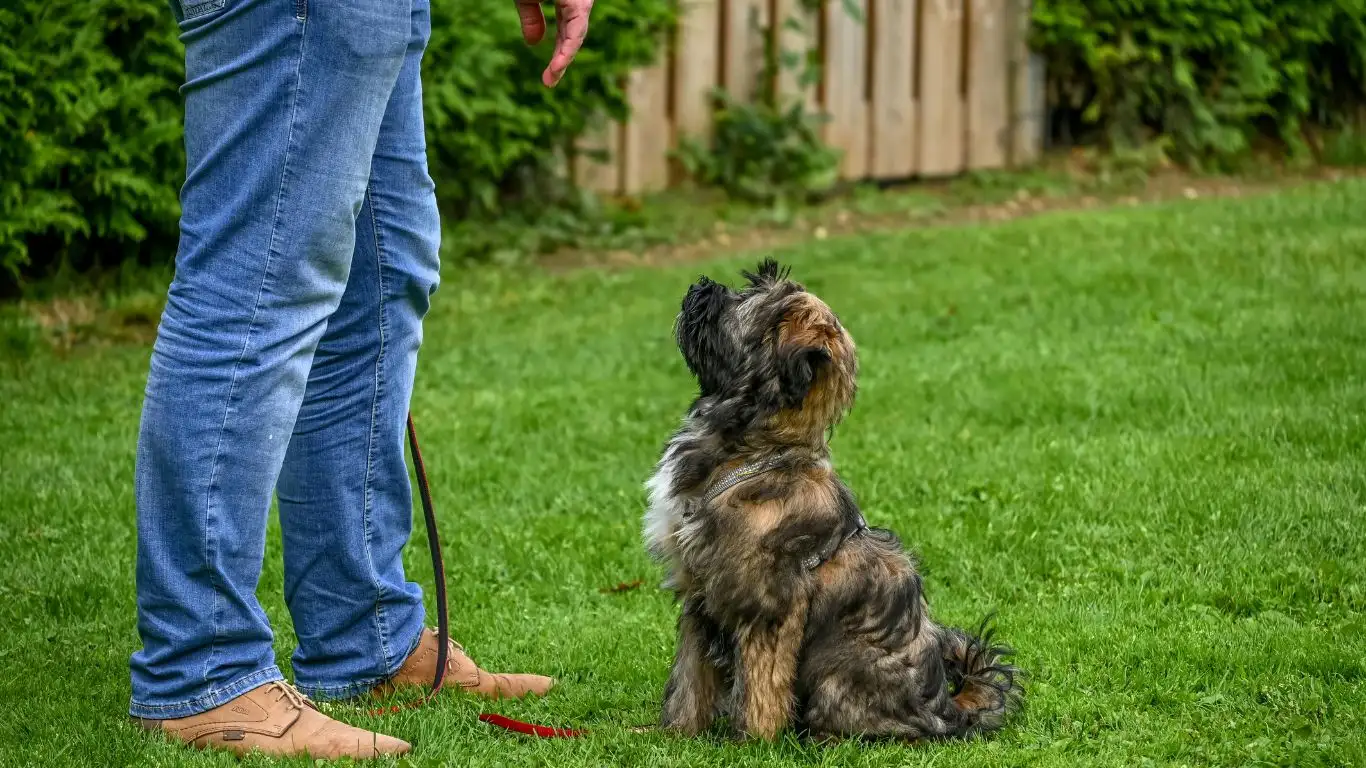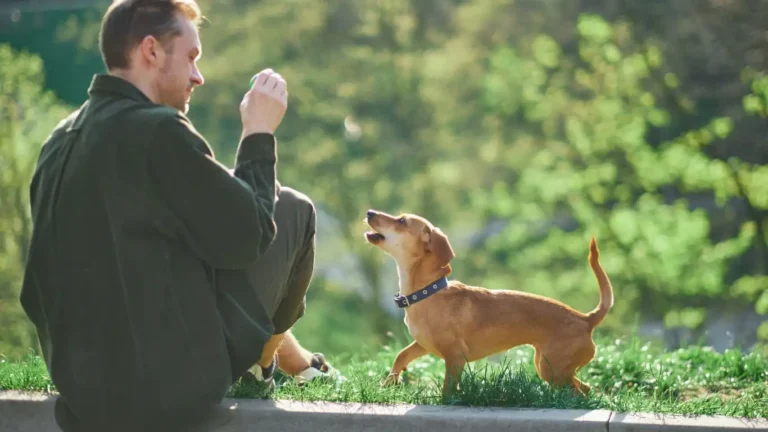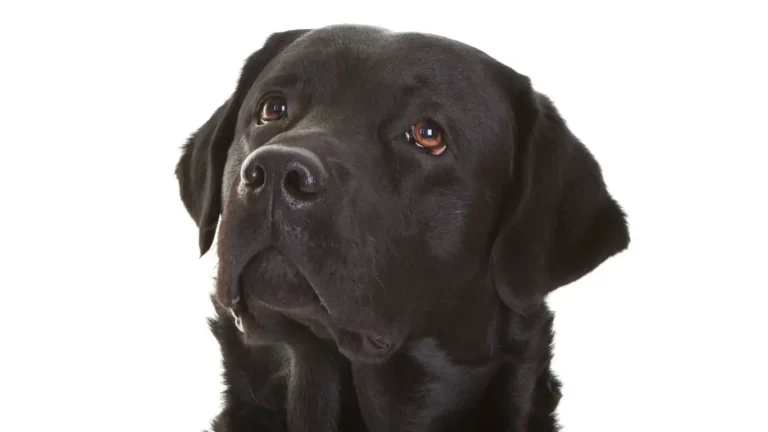Train Your Dog to Wait at Intersections for Safer Walks
Training your dog to wait for commands at intersections is more than a cool trick—it’s a safety essential. Whether you’re in a busy city or a quiet suburb, teaching your dog to pause and wait can protect both of you from traffic accidents and unexpected dangers. This type of training supports obedience, builds trust, and helps keep walks enjoyable and stress-free.
Understanding Why Dogs Move Without Commands
Dogs are naturally curious animals. They follow their instincts, like chasing a squirrel or crossing the street to greet someone. But when you’re out walking, especially near roads and intersections, this behavior can be risky.
Your dog’s brain works a bit like a toddler’s. It’s developing attention control and impulse management through training. Dogs don’t naturally understand the concept of traffic safety—so it’s up to us to teach them what “wait” means and why it matters.
Most dogs want to please their owners, but without consistent training, they can’t know what we expect. By training your dog to wait at intersections, you’re teaching a skill that could save their life.
How It Works: Training Your Dog to Wait
Teaching a dog to wait for a command at an intersection involves two main ideas: obedience and patience. This type of training is often called “impulse control.” It teaches your dog to resist the urge to move forward until you give the okay.
With time and repetition, your dog can learn to associate the sight of a curb or crosswalk with stopping and waiting. Positive reinforcement, like treats or praise, helps your dog connect good behavior with rewards.
Dogs thrive on structure. Training them to wait builds a reliable routine that your pet can follow every time you go out for a walk.
Steps to Train Your Dog to Wait at Intersections
- Start with Basic Obedience: Make sure your dog knows commands like “sit,” “stay,” and “heel.” These are building blocks for more advanced training.
- Choose a Quiet Area First: Start practicing in a calm place, like your backyard or a quiet sidewalk. Fewer distractions help your dog focus.
- Approach the Curb Slowly: Walk toward the curb and stop a few feet before it. Say “wait” firmly but kindly.
- Use a Hand Signal: Hold your hand out like a stop sign. Dogs often respond well to visual cues.
- Reward Stillness: If your dog stops and stays in place, give a treat and lots of praise. If not, back up and try again.
- Repeat Often: Dogs learn through repetition. Practice the same routine every day during walks.
- Gradually Add Distractions: Once your dog is doing well in quiet areas, try busier streets with more distractions.
- Give a Release Command: After your dog waits, say a cue like “okay” or “let’s go” to signal it’s safe to move forward.
Keep training sessions short—about 5 to 10 minutes—and always end on a positive note. This keeps learning fun and avoids frustration for both of you.
Common Challenges and How to Handle Them
- Pulling Toward the Street: If your dog tries to pull forward, stop walking and wait until they calm down. Reward calm behavior.
- Getting Distracted Easily: Use high-value treats (like small pieces of cheese or chicken) that are more exciting than the environment around them.
- Inconsistent Response: Make sure everyone who walks the dog uses the same commands and routines. Dogs learn better with consistency.
- Fear or Anxiety: Some dogs may be afraid of loud noises or busy streets. If your dog shows signs of stress, go back to easier environments and progress more slowly.
Patience and practice go a long way. Most dogs can learn this skill with regular, gentle training.
When to Seek Help From a Professional
If your dog continues to ignore commands or becomes anxious or aggressive during walks, it may be time to work with a professional trainer. Certified trainers can offer personalized support and adjust techniques to match your dog’s needs.
You may also want to talk to your veterinarian if your dog is unusually jumpy, fearful, or hyperactive. Sometimes behavior issues are linked to underlying health problems like pain, hearing loss, or anxiety.
Signs that it’s time to ask for help include:
- Frequent pulling or lunging at intersections
- Refusing to respond to basic commands
- Panicking around cars, people, or other animals
- Sudden changes in behavior or energy levels
Don’t wait too long to get support. Early help can make training smoother and safer for both you and your dog.
Final Thoughts
Teaching your dog to wait at intersections is a smart step in building a safer, more enjoyable walking routine. With patience, consistent practice, and lots of praise, most dogs can learn to pause and look to you for the next move.
Every dog is different, and it’s okay if progress takes time. Stick with it, and celebrate the small wins along the way. If you run into challenges, know that help is out there—from trainers, vets, and other dog lovers who’ve been in your shoes.
Training should always feel like a team effort. You’re not just teaching a command—you’re building trust, respect, and a stronger bond with your best friend.





